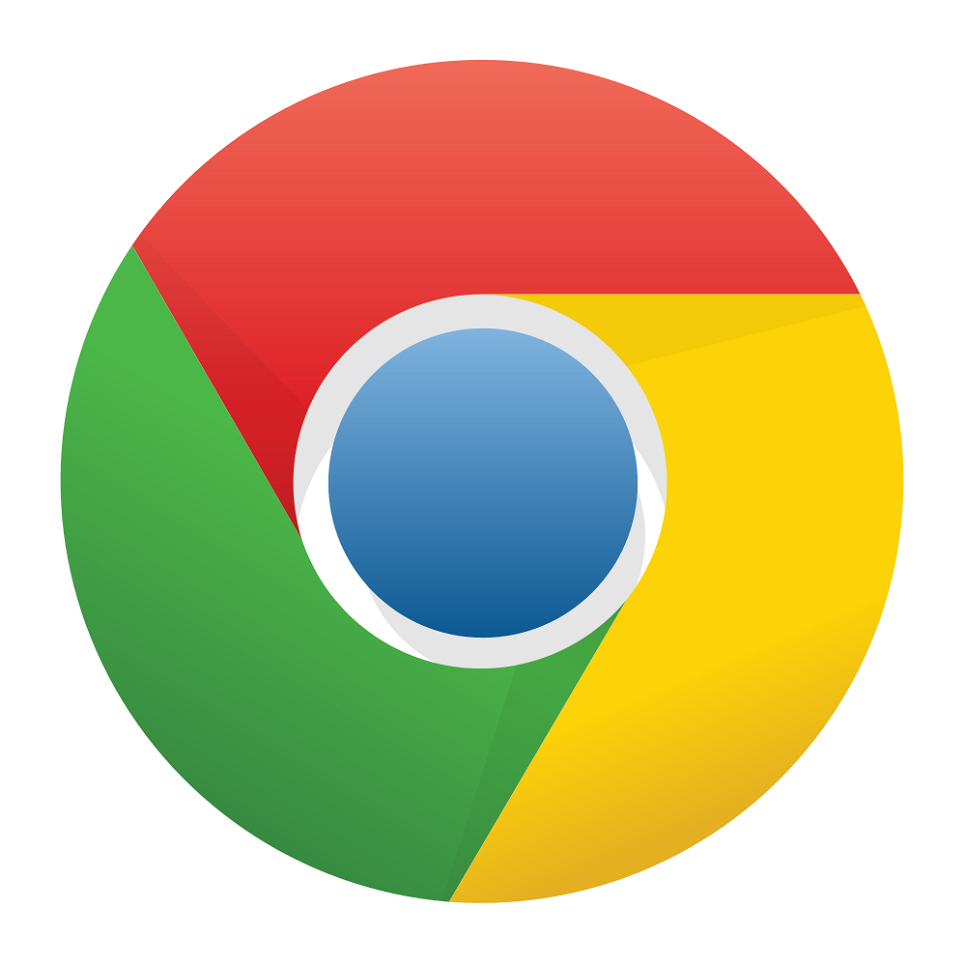Chromecast started out as a side project for Google that quickly turned into the best selling hardware device the company sells. Over 3.8 million were sold in the first 12 months it was launched and last year at Google I/O we learned that the company had sold over 25 million units since its inception (and is now up to 30 million). With its success, you would think that Google would be paying more attention to the small details surrounding this product.
However, Google even seems to be struggling with the branding over the years. March of last year we saw the company try to rebrand the casting technology behind the Chromecast device to Google Cast. Then less than a year later we saw reports of this being changed for 3rd-party products from Google Cast to "Chromecast Built-in." Google had even removed the Google Cast name from the landing page on their website, which to this day shows the new branding and redirects you to a different landing page.
At that time though, the Google Cast branding name was still on places such as their Android TV landing page. This has since been updated with the Chromecast Built-in moniker, but it's interesting to see the company go through these transitions over the years. Another small detail that seems to have been overlooked for quite some time is how a Chrome OS device is labeled when it is streaming to a Chromecast supported product.
In the Google Home application, any streams to a Chromecast device that is registered to your account shows up there. It confused many people that Chrome OS wasn't labeled properly here since the operating system is a 1st-party product from Google. However, a new commit on the Chromium Gerrit shows that Chrome OS is getting its own product type. This commit says it will allow the Cast Receiver on Chrome OS to be properly recognized as a standalone product by other components of the Cast ecosystem (like the Google Home application).

